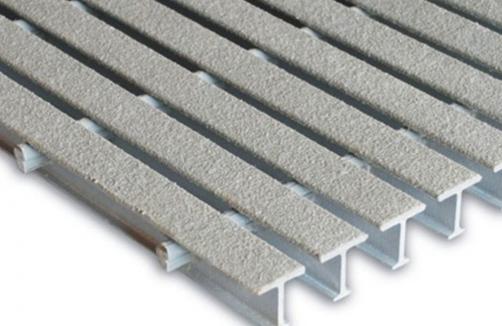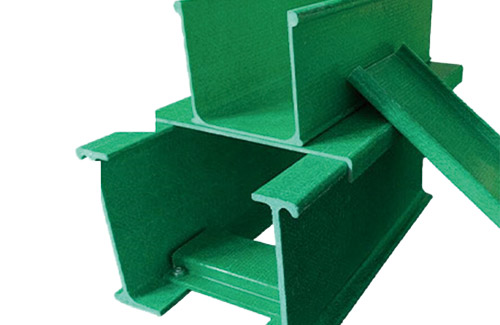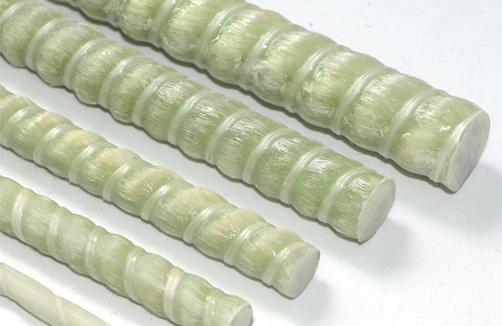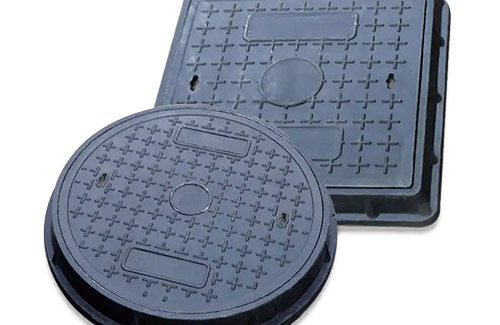Fiberglass Reinforced Plastics (FRP) grating, also known as Fiberglass grating or Grated Flooring, has become an increasingly popular choice for industrial, commercial, and residential applications due to its unique properties and benefits. FRP grating not only provides exceptional strength and durability but also plays a pivotal role in enhancing safety standards in various settings. This article explores the significant role of FRP grating in improving safety standards, highlighting its key features, applications, and the impact it has on safety in various industries.
FRP grating is a composite material consisting of fiberglass strands embedded in a plastic matrix. This combination of materials offers several advantages over traditional flooring materials such as steel or wood. FRP grating is lightweight, corrosion-resistant, and has excellent slip resistance, making it an ideal choice for environments where safety is paramount.
One of the key safety features of FRP grating is its non-conductive nature. This property makes it ideal for use in electrical applications where the risk of electrocution is high. FRP grating can safely be used in areas where electrical equipment is present, such as power plants, substations, and manufacturing facilities, without the risk of causing electrical hazards.
Another safety aspect of FRP grating is its slip resistance. The surface of FRP grating can be designed with a variety of patterns and textures to provide excellent traction, even in wet or oily conditions. This feature is crucial in industries where spillages or leaks are common, such as chemical processing or food and beverage manufacturing. FRP grating helps to prevent slips and falls, thereby reducing the risk of accidents and injuries.
FRP grating is also renowned for its durability and long-lasting performance. It is resistant to corrosion and chemical attack, making it suitable for use in harsh environments. This durability ensures that FRP grating maintains its structural integrity over time, providing a stable and safe walking surface for workers.
In addition to its safety features, FRP grating also offers several other benefits that contribute to its widespread use. It is lightweight and easy to install, reducing the time and effort required for installation. FRP grating is also easy to clean and maintain, ensuring a hygienic and clean environment. Furthermore, it is available in a variety of sizes and configurations, allowing for customization to meet specific safety and operational requirements.
The applications of FRP grating are vast and diverse, spanning across multiple industries. In the oil and gas industry, FRP grating is commonly used in offshore platforms and petrochemical facilities due to its corrosion resistance and non-conductive properties. In the chemical processing industry, FRP grating provides a safe and durable walking surface in areas where corrosive chemicals are handled. In the transportation sector, FRP grating is used in bridges, tunnels, and railway platforms to enhance safety and durability.
In the construction industry, FRP grating is increasingly being used as a walkway or decking material in buildings, stadiums, and other structures. Its lightweight nature and ease of installation make it a cost-effective alternative to traditional materials. FRP grating also provides excellent drainage properties, reducing the risk of slips and falls due to water accumulation.
Moreover, FRP grating's flame retardant properties contribute significantly to safety in fire-prone environments. It is designed to resist ignition and slow the spread of flames, providing crucial time for evacuation and firefighting efforts. This feature is particularly beneficial in industrial facilities, warehouses, and other areas where the risk of fire is high.
The environmental friendliness of FRP grating is another factor that contributes to its widespread use. FRP grating is recyclable and does not require the use of harmful chemicals during production, making it a sustainable choice for safety flooring. Its long lifespan and durability also reduce the need for frequent replacements, further minimizing its environmental impact.
In conclusion, FRP grating plays a pivotal role in improving safety standards across various industries. Its unique properties, including non-conductivity, slip resistance, durability, and flame retardancy, make it an ideal choice for safety-critical applications. The ease of installation, maintenance, and customization further enhance its appeal. As safety becomes an increasingly important consideration in industrial and commercial settings, FRP grating will continue to be a vital component in ensuring a safe and secure working environment.








